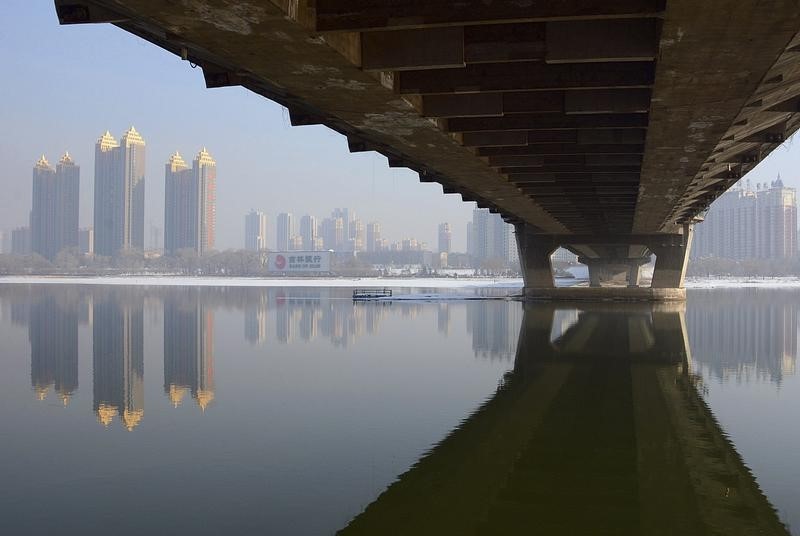BEIJING (Reuters) - China's outbound direct investment soared in the first five months to 278.4 billion yuan (£28 billion), official data showed, closing a gap with foreign direct investment inflows as local firms flock overseas for growth opportunities.
The 47.4 percent jump in outbound investment, made by non-financial firms, built on the 36.1 percent rise in the first four months.
In the first five months of the year, FDI
The government has been encouraging firms to invest abroad to slow down the rapid build-up of foreign exchange reserves and help local firms become more competitive internationally.
Analysts expect outbound investment will soon match and overtake the weakening investment inflows, reflecting a cooling economy which in turn seems to have prompted a large jump in outbound flows as businesses looked for growth elsewhere.
"The outbound investment is quickening. It's very likely to surpass foreign direct investment this year," said Han Xiushen, a researcher at the commerce ministry's think-tank.
She expects more Chinese firms to invest overseas under Beijing's "One Belt, One Road" initiative to develop trade and transport infrastructure across Asia and beyond.
"The domestic economy is slowing and firms need to find a way to export excess production capacity".
FDI INFLOWS SLOWING
The ministry said that FDI in May increased 7.8 percent from a year earlier to 57.4 billion yuan. No ODI figures were given for the month.
The ministry did not provide a growth figure in dollar terms, just as in the previous month, meaning there is a discrepancy between the growth figures published for May and April compared with previous growth rates, which were officially released in dollar-denominated terms.
Last year, China drew a record $119.6 billion worth of FDI, while ODI surged 14.1 percent to a new high of $102.9 billion.
FDI is an important gauge of the health of the external economy that sustains China's vast factory sector, but is a small contributor to overall capital flows compared with exports, which were worth $2.3 trillion in 2014.
Chinese factories have been buffeted by lacklustre foreign demand and excess capacity in the past two years. A property downturn has added to strains on an economy growing at its slowest pace in over two decades, even as a barrage of stimulus steps from Beijing appears to be stirring some momentum.
